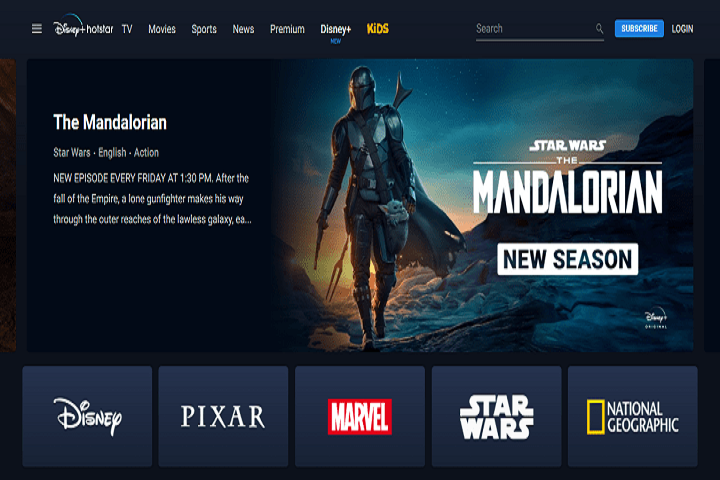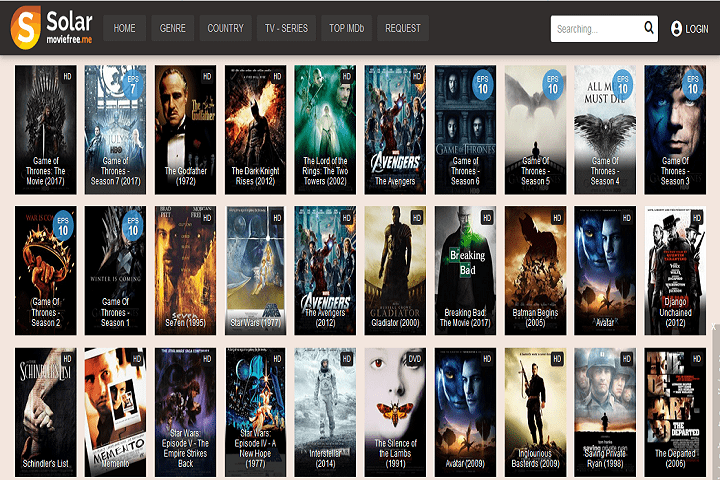Internet
4 Key Things to Consider When Testing a Mobile Application
4 Key Things to Consider When Testing a Mobile Application. Behaviour During Different Operations, Testing Across Different Configurations
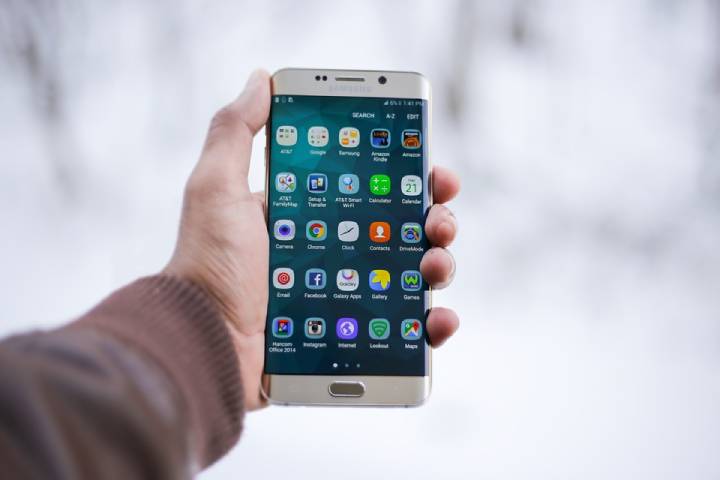
As brands realize the advantages mobile applications afford them, each of them wants to have the best mobile application. Every tremendous mobile application undergoes a series of tests to ensure that it performs as expected, has an acceptable ROI, and is an essential business tool.
Without proper testing, the quality of apps we have on the market would decline, with uncaught bugs, errors, and anomalies becoming a lot more common. To avoid this, mobile app developers should consider a few key things to ensure they catch as many bugs and errors as possible and deliver a great product.
Table of Contents
1. Behaviour During Different Operations
Operations cover everything that happens to a mobile device and how an app behaves. One of the most critical functions is connectivity. Mobile app testing must cover what happens if a mobile or Wi-Fi network goes down. Other cases include when the phone is in aeroplane mode or the phone switched from 5G to 4G or even 3G.
The other operation to think about is interruptions. How does the app behave when there are other app notifications, system notifications, incoming calls and texts, or a forced system update?
2. Testing Across Different Configurations
Although a developer should test their mobile application on the platform they are developing for, be it Android or iOS, there is a lot more to consider when it comes to mobile devices.
The most important considerations here include the version of a user’s operating system, different hardware configurations, screen dimensions, and a lot more. Each of these different layers can negatively or positively impact the usability, performance, and user experience provided by an app.
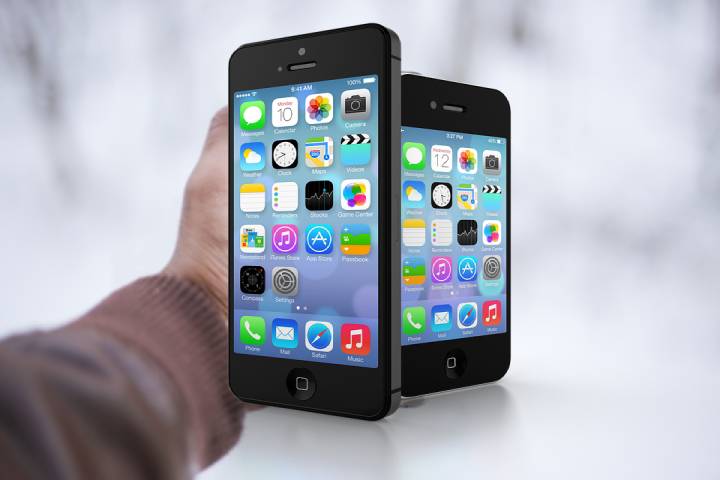
Because of the plethora of mobile devices, mainly Android, being released every year, there is no comprehensive mobile testing strategy that can cover all these devices.
Instead, developers can use mobile app testing services and test processes that are either specific to app testing or general quality assurance to catch any issues that may have arisen in the development process.
3. Testing on Physical or Emulated Devices
Whether it is better to test on real devices or emulators has been debated for a long time. It is an important question to consider when trying your mobile app.
Using emulators is cheaper than buying a suite of phones, but it is limited. This is because emulators cannot test functions such as camera features, geolocation features, biometric scanners, and more. Where possible, developers should opt for real devices to help them carry out more thorough tests.
4. Automated or manual testing?
Automated tests maximize effectiveness and efficiency. However, their use will depend on the type of app being tested and the objectives of the tests. On the other hand, manual testing is not a viable option, especially if a developer would like to carry out many different types of tests.
Testing a mobile app is a critical step in ensuring it functions as it should. Proper testing strategies should be developed, although these strategies will depend on the specific app and how much testing the developer is willing to do.
-

 Instagram4 years ago
Instagram4 years agoBuy IG likes and buy organic Instagram followers: where to buy them and how?
-
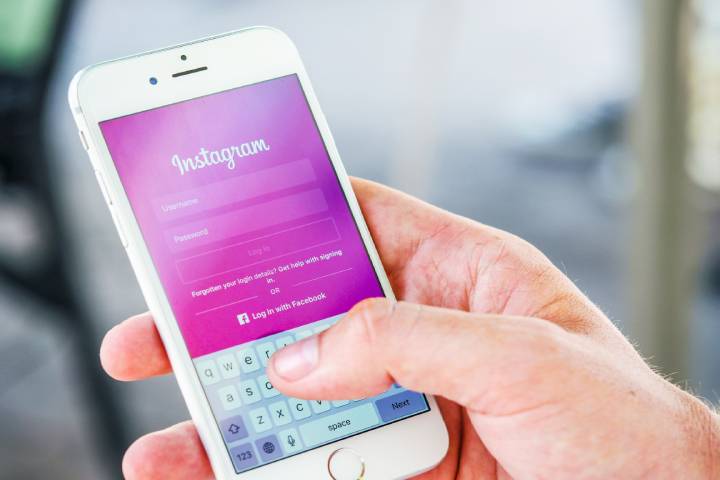
 Instagram4 years ago
Instagram4 years ago100% Genuine Instagram Followers & Likes with Guaranteed Tool
-

 Business5 years ago
Business5 years ago7 Must Have Digital Marketing Tools For Your Small Businesses
-
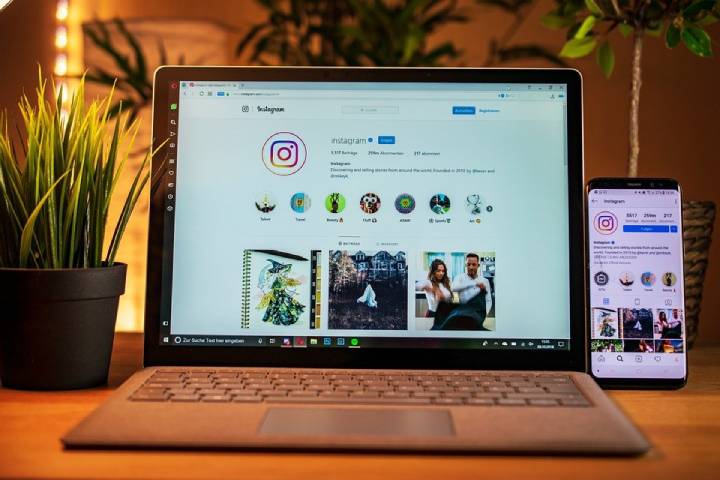
 Instagram4 years ago
Instagram4 years agoInstagram Followers And Likes – Online Social Media Platform






